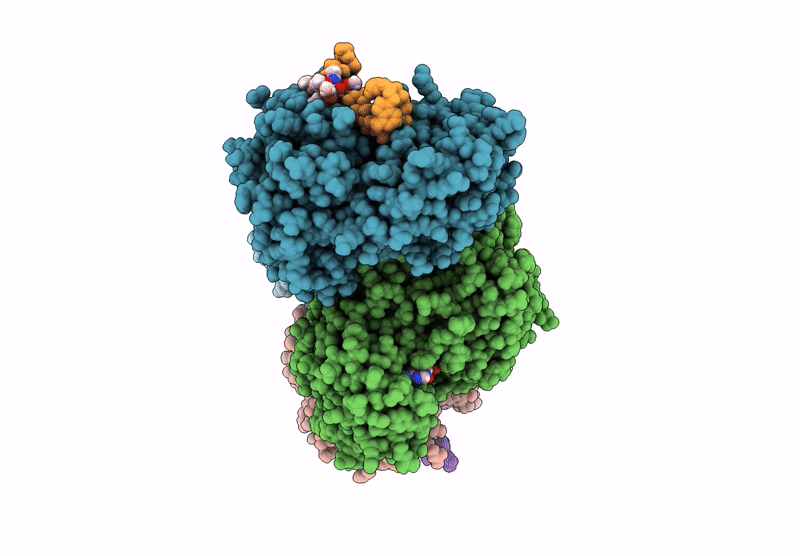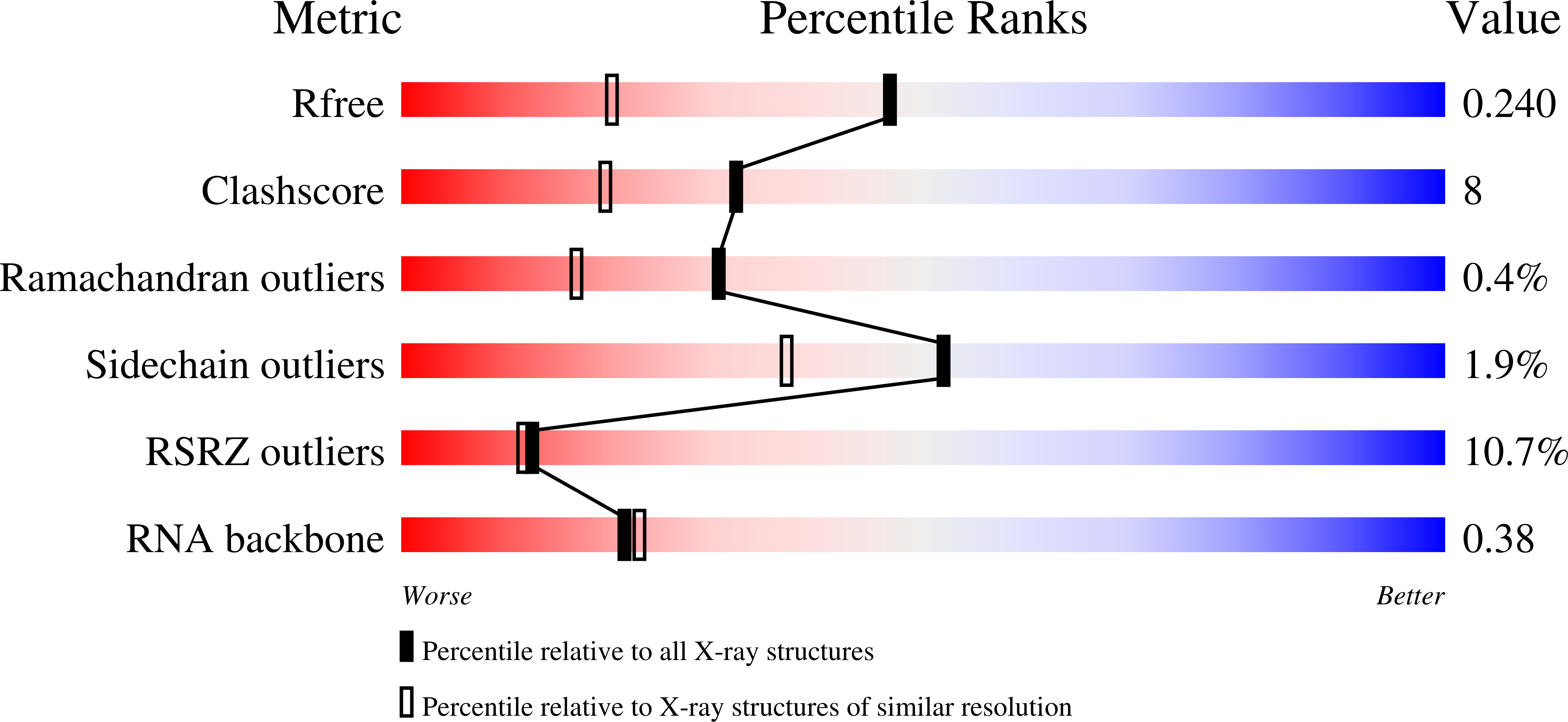
Deposition Date
2024-10-01
Release Date
2025-03-12
Last Version Date
2025-03-12
Entry Detail
PDB ID:
9DTS
Keywords:
Title:
Crystal structure of the human eIF4A1/AMPPNP/amidino-rocaglate/polypurine RNA complex
Biological Source:
Source Organism:
Homo sapiens (Taxon ID: 9606)
Host Organism:
Method Details:
Experimental Method:
Resolution:
1.69 Å
R-Value Free:
0.24
R-Value Work:
0.20
R-Value Observed:
0.20
Space Group:
P 1


